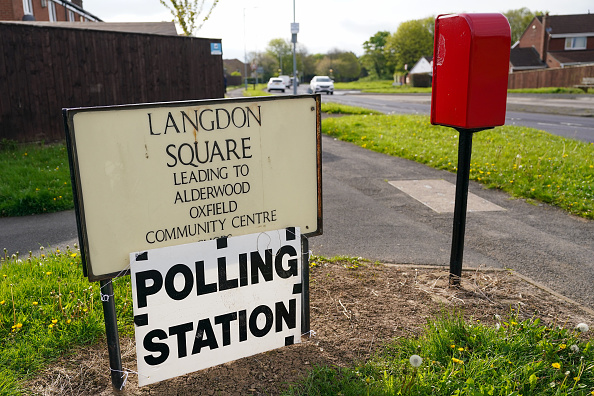Explainer: New voter ID policy gets its first mass test in today’s local elections

After weeks of campaigning, cautious statements from our political leaders and even more cautious statements from pollsters, today is the day. It’s local election time.
There are many considerations to be made about what the results will – or won’t – tell us about the next general election. But what makes these local elections unique is the first appearance of the controversial voter ID.
The measure, recently introduced by the Conservative party, will go through its first mass test today. The general view is that it could be messy.
Photo ID as a requirement to vote is common in many European countries but not in the UK – except for Northern Ireland – where up until now it wasn’t necessary. The government has produced a list of 22 different forms of identification accepted – causing a furore because many like Oyster +60 cards and Older Person’s Bus Passes were accepted, while Student ID cards and 18+ student Oyster cards weren’t.
The opposition claimed the Conservatives were trying to make it harder to vote for marginalised and vulnerable communities. Different estimates were made, with some expecting the number of voters without ID to be around 2 million.
But those who will really be put to the test today are the polling staff. Most of them have received very limited training on the new rules. They’ll have to make very subjective decisions about whether a photographic ID is recent enough, and they might have to turn people away. And people who have been on the voting register for decades might be unhappy to be turned away and direct their anger towards polling staff.
Even MPs from the same party that introduced voter IDs didn’t seem convinced by the value of the measure. Jacob Rees-Mogg invited staff at polling stations to be sensible and flexible when deciding whether to turn people away. If the ID is not accepted, voters are invited to go back home to grab a different one, but many people, to put it simply, won’t be bothered. After all, time is limited.
To mitigate these issues, the government issued a special voter certificate that will be accepted as a voter ID. But by the end of last month, only 50,000 people had applied to get it.
So one wonders if the faff was really necessary. The government justified the move by saying it wanted to eliminate the perception of potential voter impersonation at the polls, at a time when politics is so fractured and trust is low. But official data from last month shows that in 2022, there were only seven allegations of impersonation, and not even one led to police action.
The Electoral Commission should publish data on the number of voters who weren’t able to cast a ballot today in the coming months. We might have to wait until then to get a proper sense of the scope of the issue – and to judge whether the measure was a success or a failure. But today, as it gets its first test, it still looks like disproportionate regulation.